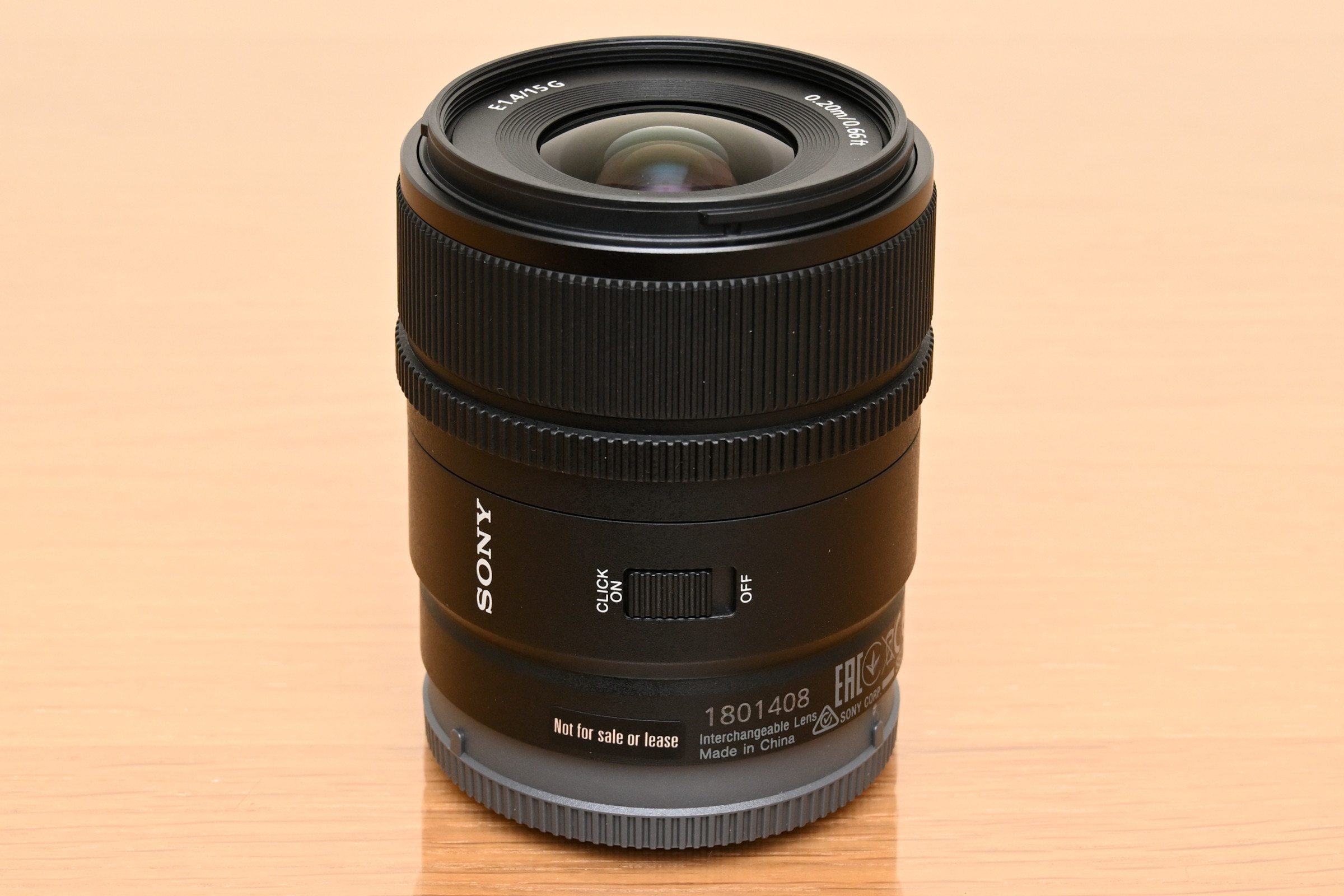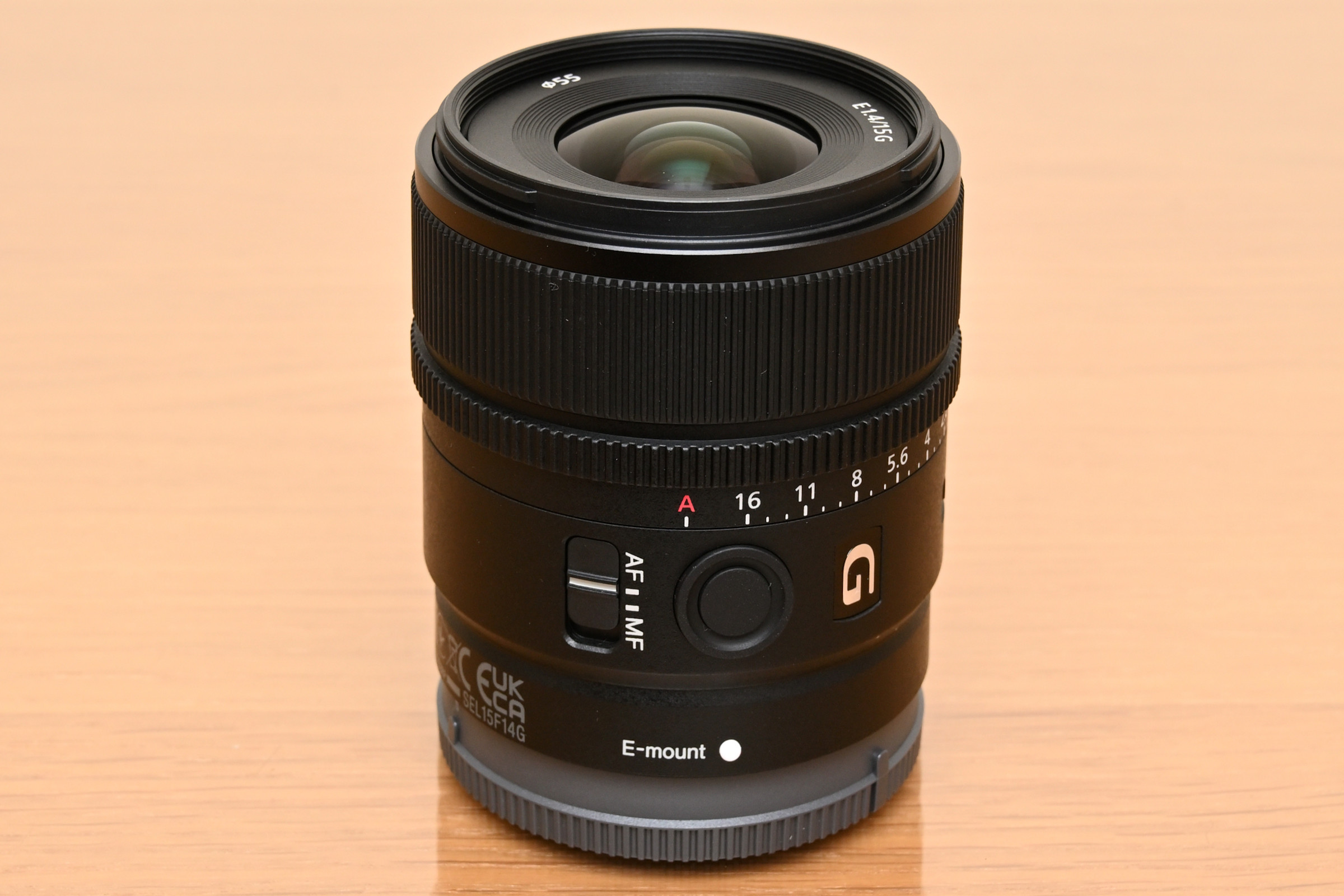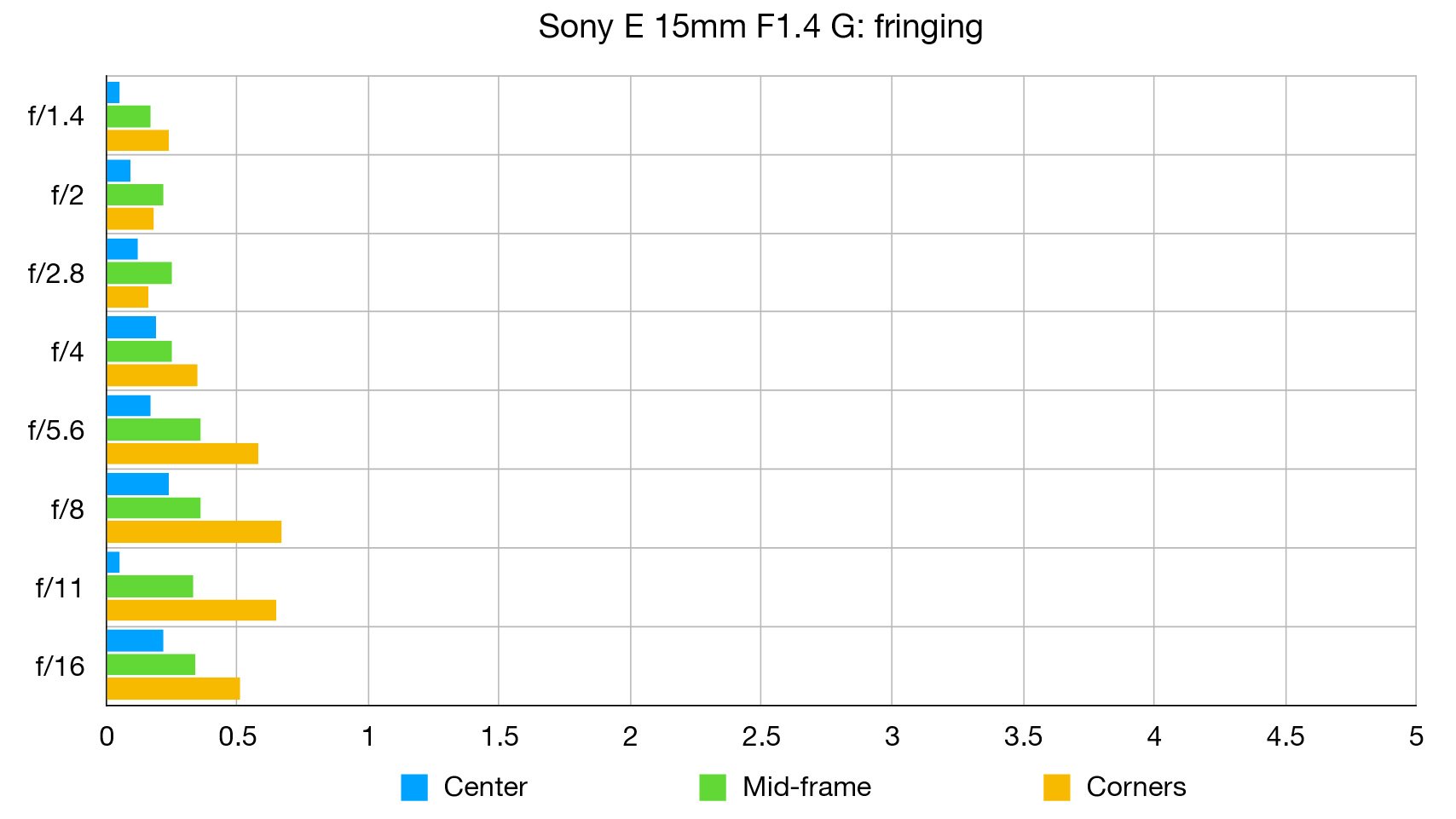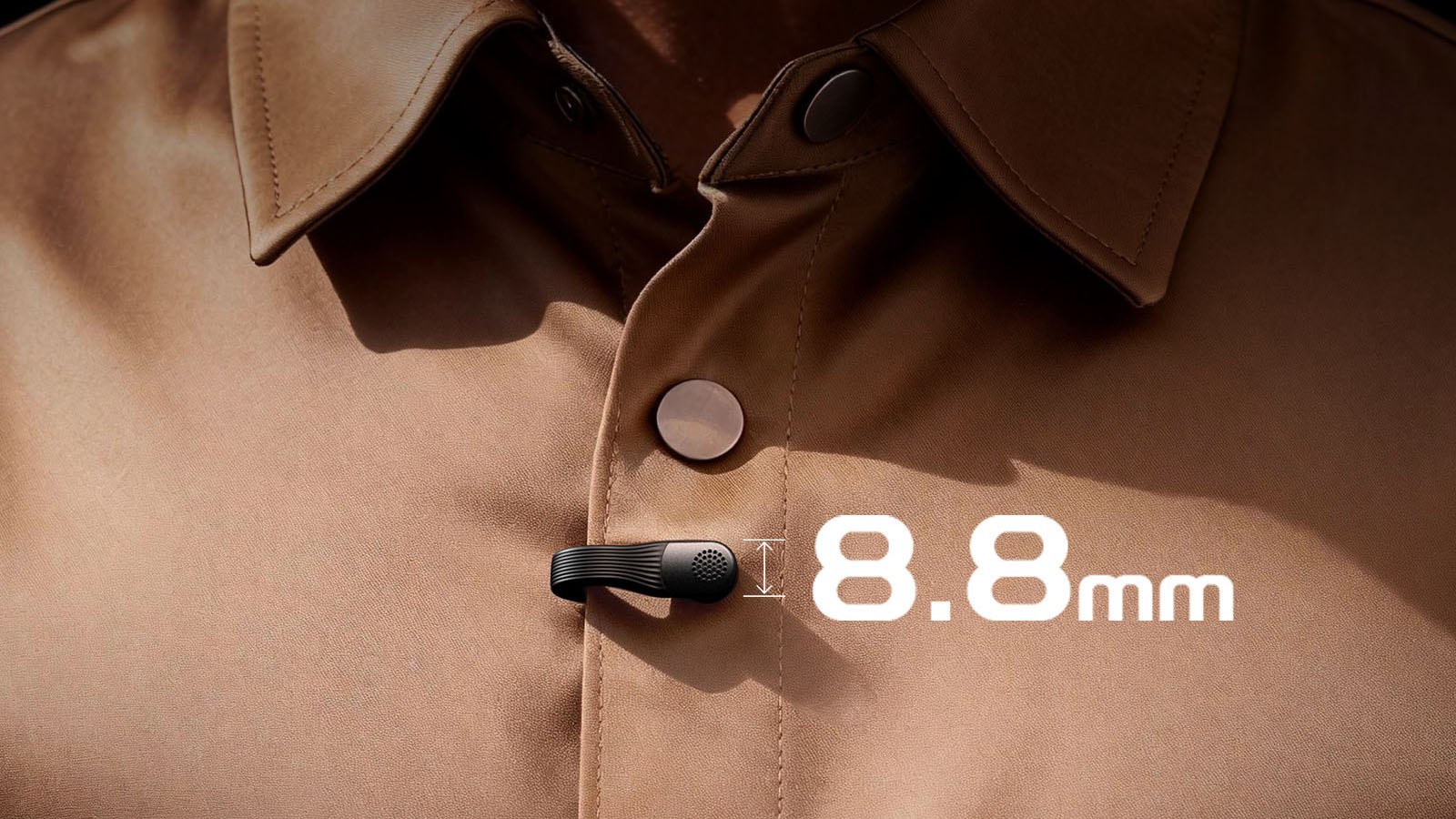Digital Camera World Verdict
This APS-C format lens for Sony E-mount mirrorless cameras has an effective focal length of 22.5mm in full-frame terms. As such, it delivers a good compromise between popular 20mm and 24mm focal lengths, often favored by full-frame shooters. And it does so in fine style, with a sturdy yet compact and lightweight build, refined handling characteristics and superb all-round performance. The price might seem a bit on the high side but this Sony is worth every cent.
Pros
- +
Superb image quality/performance
- +
Great handling
- +
Compact and lightweight
Cons
- -
Heavy barrel distortion (uncorrected)
- -
No aperture ring lock
- -
Pretty pricey
Why you can trust Digital Camera World
The Sony E 15mm F1.4 G offers a step up from the Sony E 11mm F1.8, with a longer focal length and consequently narrower viewing angle of 87 rather than 104 degrees. It also adds ‘G-series’ extras that include an aperture control ring, and boasts a faster f/1.4 aperture rating. It’s nevertheless remarkably compact and lightweight for an ultra-wide-angle prime, in keeping with the svelte design of Sony’s APS-C format mirrorless camera bodies.
Specifications
Mount: Sony E
Sony product code: SEL15F14G
Full-frame: No
Autofocus: Yes
Stabilization: No
Lens construction: 13 elements in 12 groups
Angle of view: 87 degrees
Diaphragm blades: 7
Minimum aperture: f/16
Minimum focusing distance: 0.2m (AF), 0.17m (MF)
Maximum magnification ratio: 0.12x (AF), 0.15x (MF)
Filter size: 55mm
Dimensions: 67x70mm
Weight: 219g
Key features
Despite only measuring 67x70mm and weighing just 219g, this lens packs 13 elements into its diminutive casing, arranged in 12 groups. The optical path includes three aspherical elements, one ED (Extra-low Dispersion) element and one fluorite-grade Super ED element. Autofocus is driven by two linear stepping motors that are super-fast for stills as well as enabling smooth and silent focus transitions when shooting video.
The fast f/1.4 aperture is another key feature, facilitating fast shutter speeds for freezing action even under very low lighting. It also gives you a pretty tight depth of field at the short end of the focus range, which measures 0.2m in autofocus mode and shrinks to 0.17m when focusing manually.
Like the Sony E 11mm F1.8, this lens features a customizable function button, generally used for autofocus-hold but able to take on alternative tasks, as configured via in-camera menu options. The 15mm lens also adds an aperture control ring that’s lacking on the 11mm, and it comes complete with a click/de-click switch that makes it ideal for stills and video respectively.

Build and handling
Build quality feels excellent throughout with a strong construction that features multiple weather-seals around the mount, barrel sections, switches and function button. The focus ring has a very smooth and precise operation and its linear response gives a very natural feel to focusing.
The aperture control ring is a definite handling enhancement but there’s no switch for locking it in auto mode when required. Even so, a fair amount of torque is required to move the ring from its ‘A’ position so you’re unlikely to nudge it into manual territory by accident.

Performance
Autofocus for stills is very fast, as advertised, and well able to track moving subjects in continuous autofocus mode. Sharpness is excellent even at f/1.4, with remarkably good edge/corner-sharpness for such a wide aperture. Color fringing is negligible and vignetting isn’t too bad, again considering the lens is physically so small for an f/1.4 ultra-wide-angle prime.
The only real fly in the ointment is that barrel distortion is very severe. Even so, that’s the case with an increasing number of recent lenses designed for mirrorless bodies, which rely massively on in-camera correction. All in all, performance is absolutely excellent.
Sample images
Lab results
We run a range of lab tests under controlled conditions, using the Imatest Master testing suite. Photos of test charts are taken across the range of apertures and zooms (where available), then analyzed for sharpness, distortion and chromatic aberrations.
We use Imatest SFR (spatial frequency response) charts and analysis software to plot lens resolution at the center of the image frame, corners and mid-point distances, across the range of aperture settings and, with zoom lenses, at four different focal lengths. The tests also measure distortion and color fringing (chromatic aberration).
Sharpness:
Levels of sharpness are absolutely excellent across the whole image frame and remain impressively consistent throughout most of the aperture range, only dropping off a bit at f/11-f/16 at the narrow end.
Fringing:
The best camera deals, reviews, product advice, and unmissable photography news, direct to your inbox!
There’s virtually no axial or lateral chromatic aberration to be seen in the f/1.4-f/4 sector of the aperture range. Even at narrower apertures, color fringing is very negligible even towards the extreme edges and corners of the image frame.
Distortion: -7.9
Barrel distortion is pretty extreme but that’s becoming par for the course with compact lenses designed for recent mirrorless cameras. Automatic in-camera correction takes care of it, with no noticeable impact on edge/corner detail.
Verdict
This APS-C format lens for Sony E-mount mirrorless cameras has an effective focal length of 22.5mm in full-frame terms. As such, it delivers a good compromise between popular 20mm and 24mm focal lengths, often favored by full-frame shooters. And it does so in fine style, with a sturdy yet compact and lightweight build, refined handling characteristics and superb all-round performance. The price might seem a bit on the high side but this Sony is worth every cent.
Read more:
• Best camera lenses to get
• Best Canon lenses
• Best Nikon lenses
• Best Sony lenses
Matthew Richards is a photographer and journalist who has spent years using and reviewing all manner of photo gear. He is Digital Camera World's principal lens reviewer – and has tested more primes and zooms than most people have had hot dinners!
His expertise with equipment doesn’t end there, though. He is also an encyclopedia when it comes to all manner of cameras, camera holsters and bags, flashguns, tripods and heads, printers, papers and inks, and just about anything imaging-related.
In an earlier life he was a broadcast engineer at the BBC, as well as a former editor of PC Guide.






